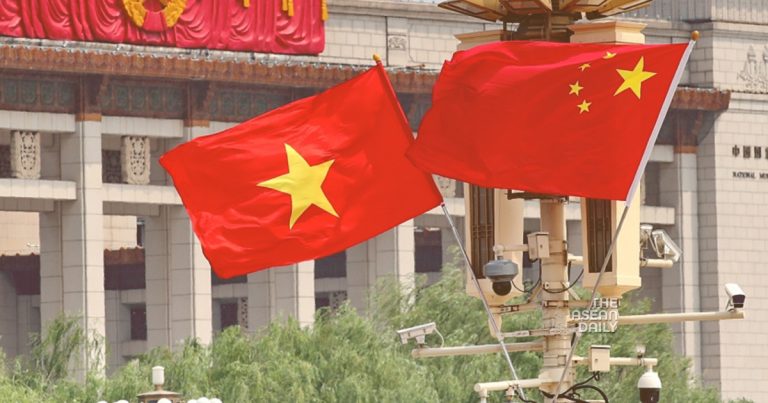28-11-2023 (HANOI) China and Vietnam are intensifying discussions to enhance their economic ties, potentially giving Chinese railway contractors and hi-tech companies a stronger foothold in Vietnam. During a meeting in Ho Chi Minh City, Chinese Minister of Commerce Wang Wentao urged cooperation on “interconnection” between the two countries, while Vietnamese Prime Minister Pham Minh Chinh advocated for the promotion of railway links. The discussions also touched on China’s bid to join the Comprehensive and Progressive Agreement for Trans-Pacific Partnership (CPTPP) trade pact, as well as the possibility of trade settlements in domestic currencies.
The negotiations between China and Vietnam come as Beijing strives to maintain a resilient position in the global supply chain realignment and strengthen relationships with its key trading partners in Southeast Asia. China submitted its application to join the CPTPP, a trade bloc comprising 11 members, in September 2021. Approval from all member countries is required for China’s entry.
Vietnam, eager to improve its infrastructure, particularly expressed interest in developing railroad connections. Nguyen Thanh Trung, director of the Saigon Centre for International Studies at the University of Social Sciences and Humanities in Ho Chi Minh City, noted that Vietnam seeks to establish railroads to and from the country, starting with shorter segments. The 1,297-kilometer (806-mile) land border between China and Vietnam serves as a crucial channel for Chinese trade with Southeast Asia, with trucks transporting Vietnamese produce to China and China shipping raw materials to Vietnam. Vietnam is China’s primary trading partner among the Association of Southeast Asian Nations (ASEAN) countries.
Although Vietnam and China have had disputes over parts of the South China Sea, their relations have improved in recent years. The two countries have managed to keep maritime disputes separate from their economic interactions, as demonstrated by their cooperation in utilizing marine resources in the Gulf of Tonkin. Vietnam has become an attractive destination for foreign multinational companies relocating their supply chains from China, while Chinese companies have also shifted their production to Vietnam.
In addition to traditional labor-intensive industries, Chinese tech and new energy firms have begun investing in Vietnam, according to Wang Qin, a professor at the Centre for Southeast Asian Studies at Xiamen University. This investment aligns with China’s goal of industrial transformation and the establishment of regional industrial and supply chains. Wang Qin emphasized that amid the intensified strategic competition between the US and China, as well as Washington’s Indo-Pacific Economic Framework, Vietnam has become a focal point for both countries’ political and economic rivalry. Cooperation in new economic frontiers, such as the digital economy, green transition, and renewable energy, will shape the trajectory of economic ties between Beijing and Hanoi.
The Indo-Pacific Economic Framework for Prosperity, introduced by the Biden administration in May 2022, serves as the economic component of the US strategy to counter China in the Indo-Pacific region. China has already contributed to Vietnam’s supply chain by investing in casings for mobile phones and testing facilities for electronic parts, further solidifying their economic relationship.




